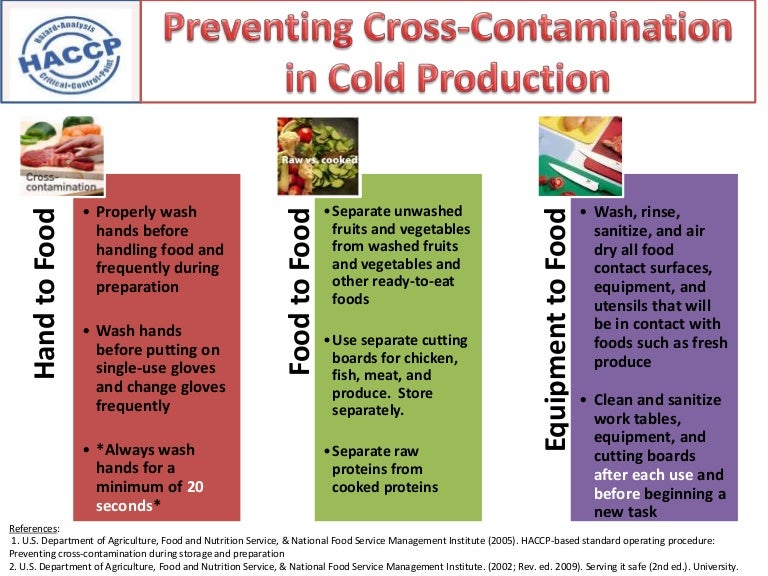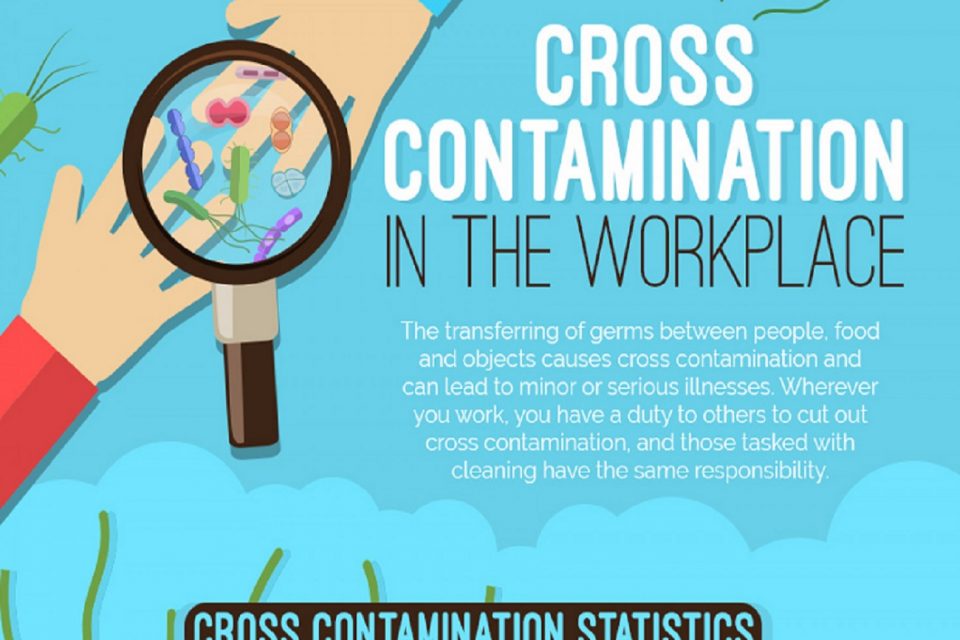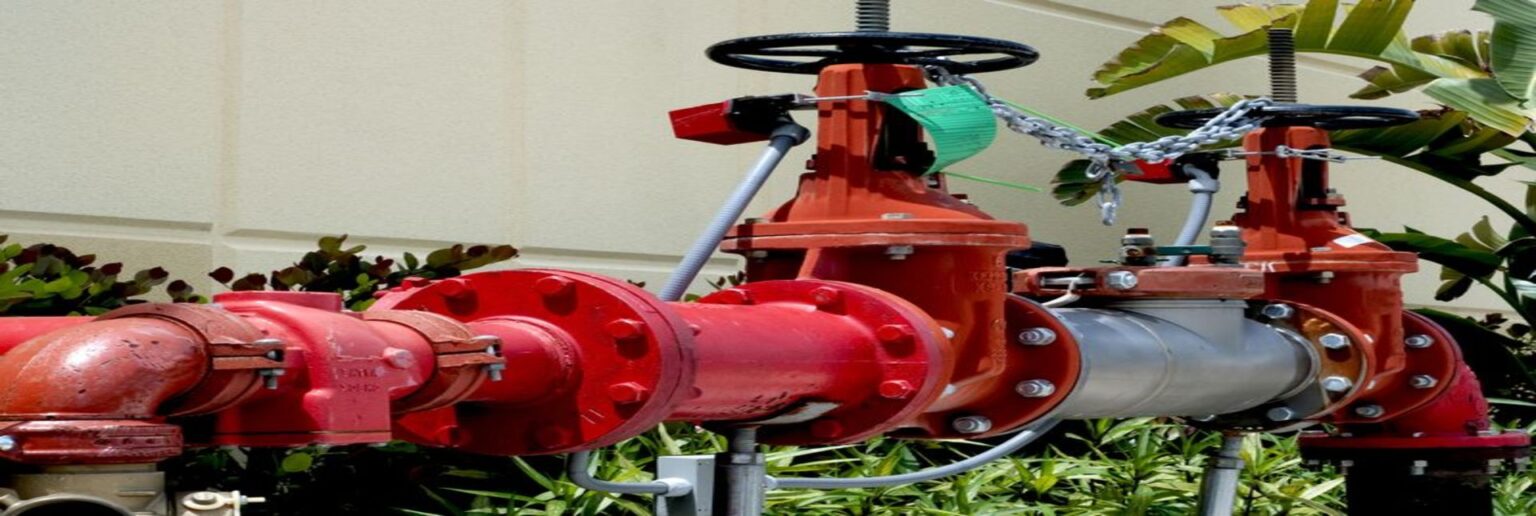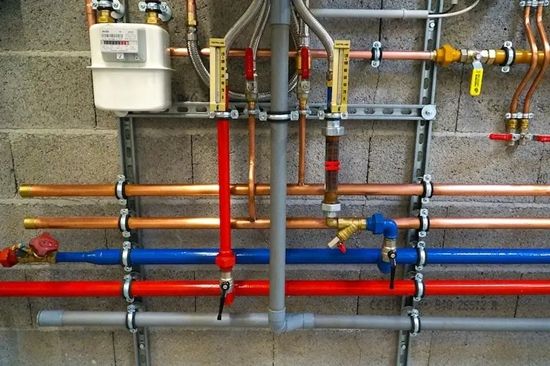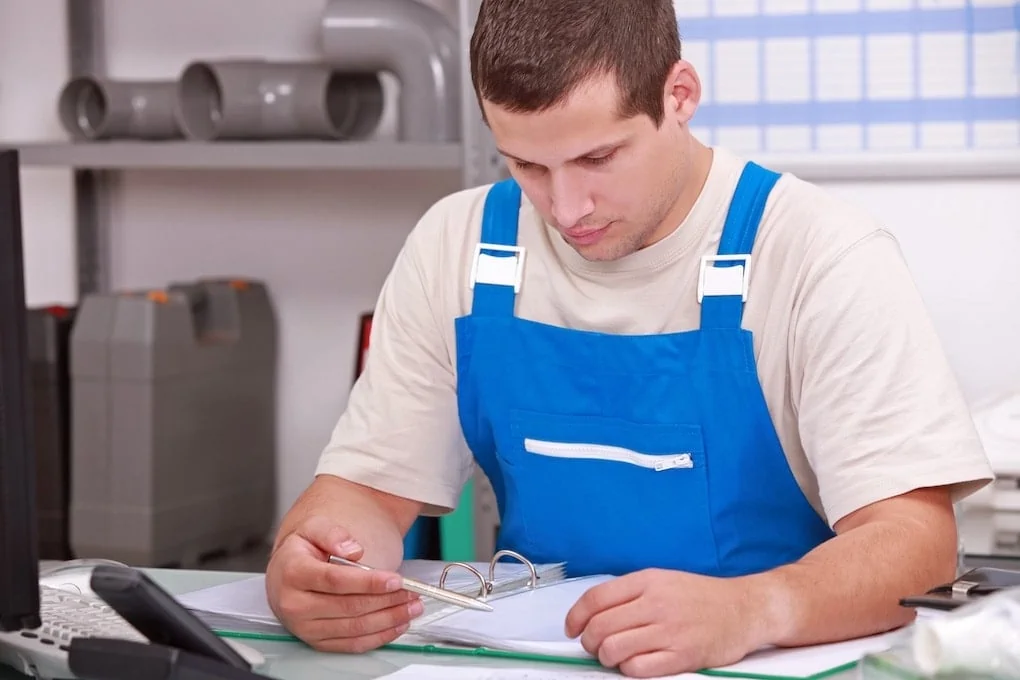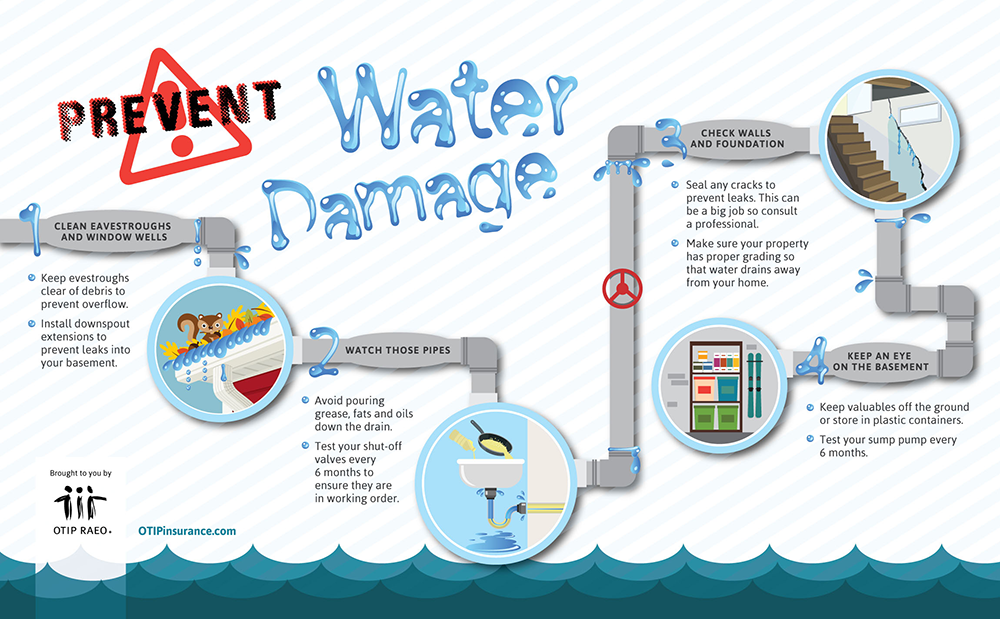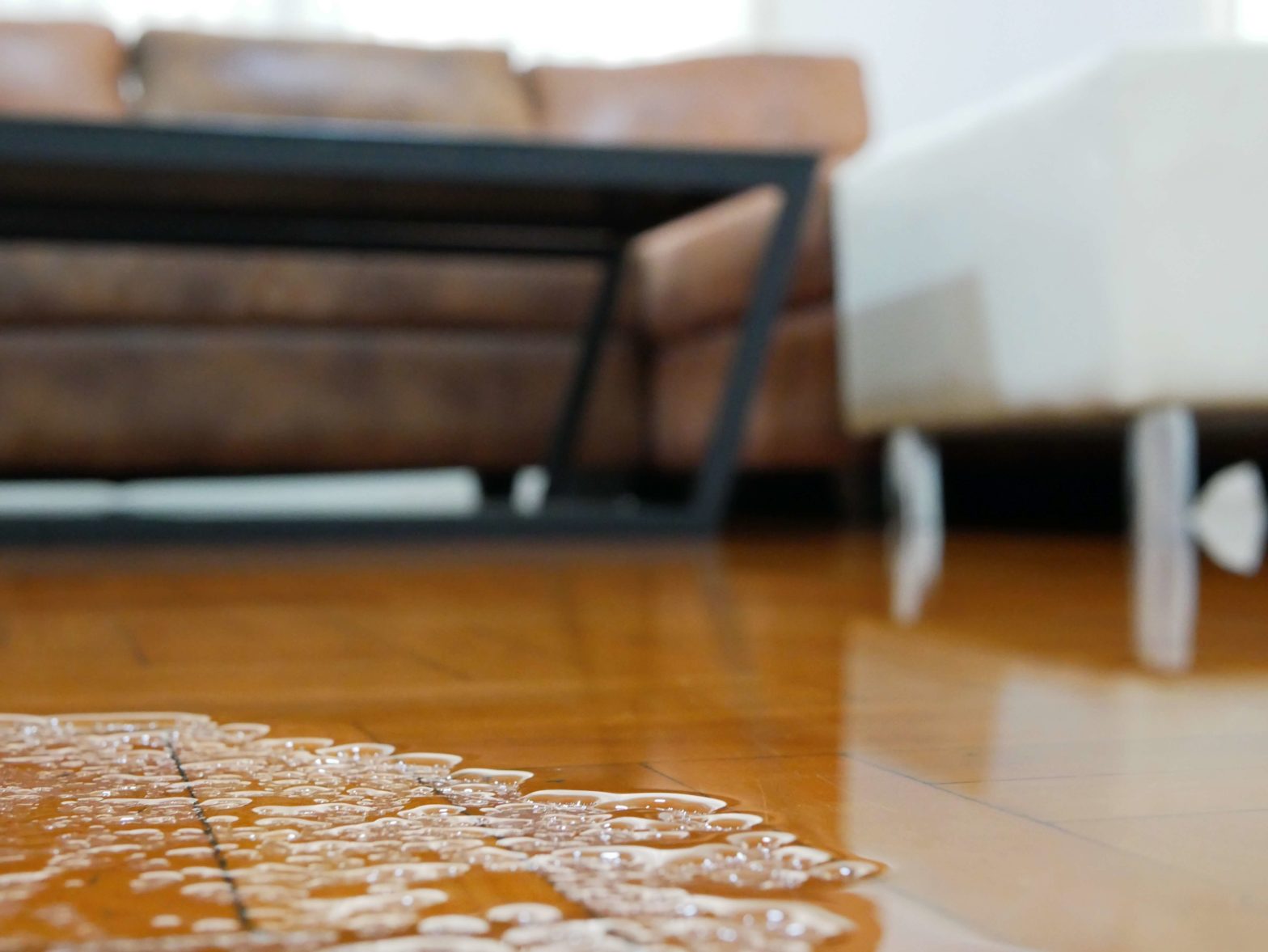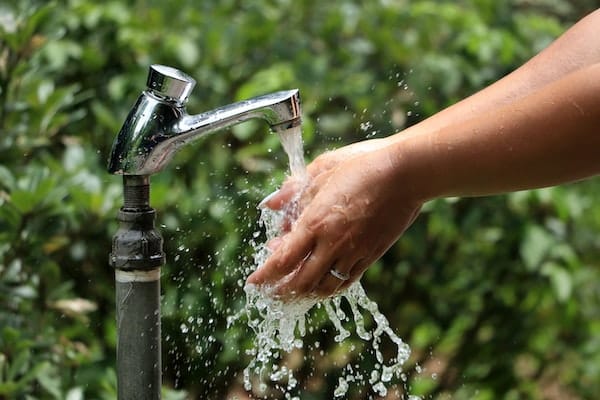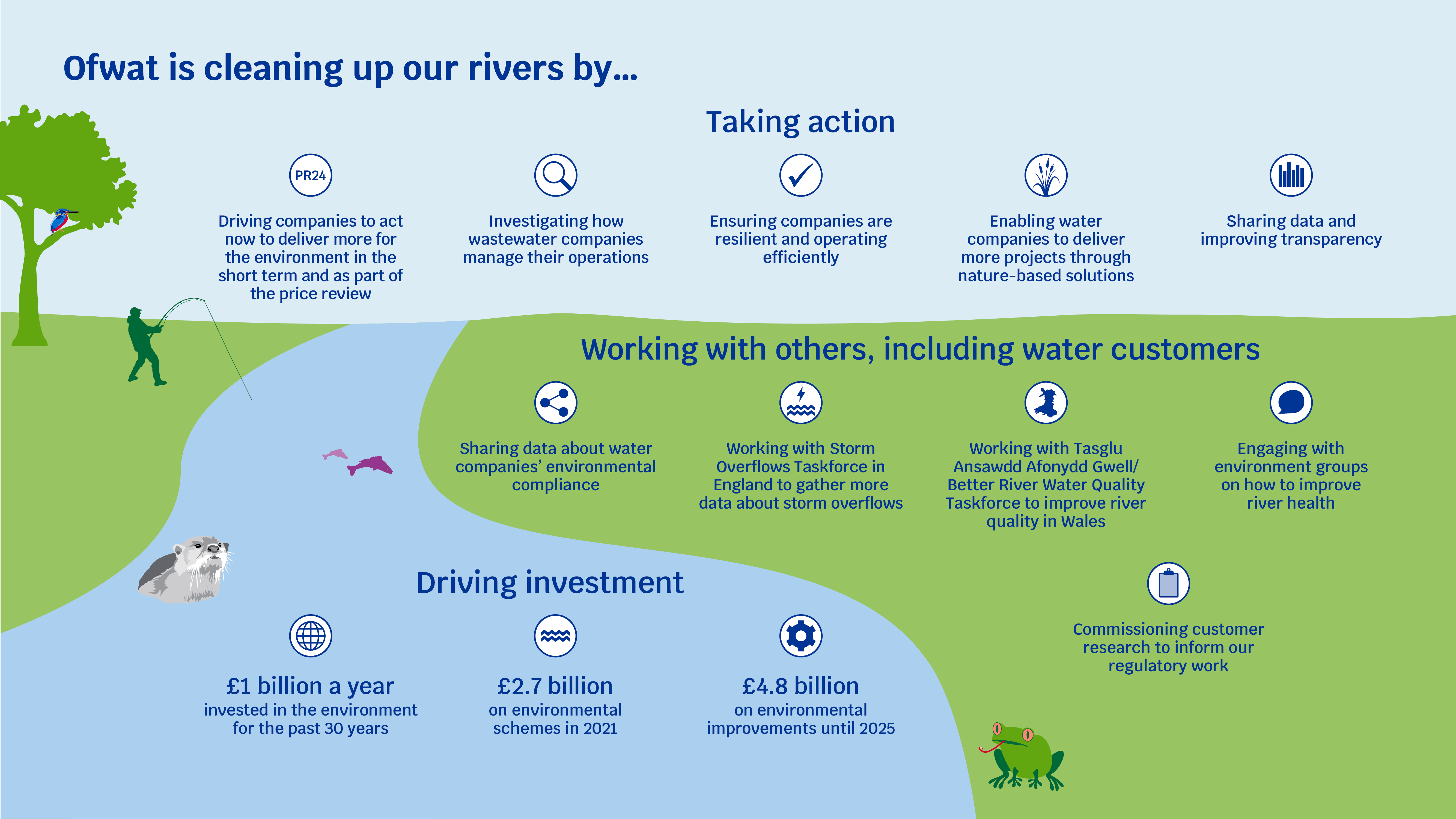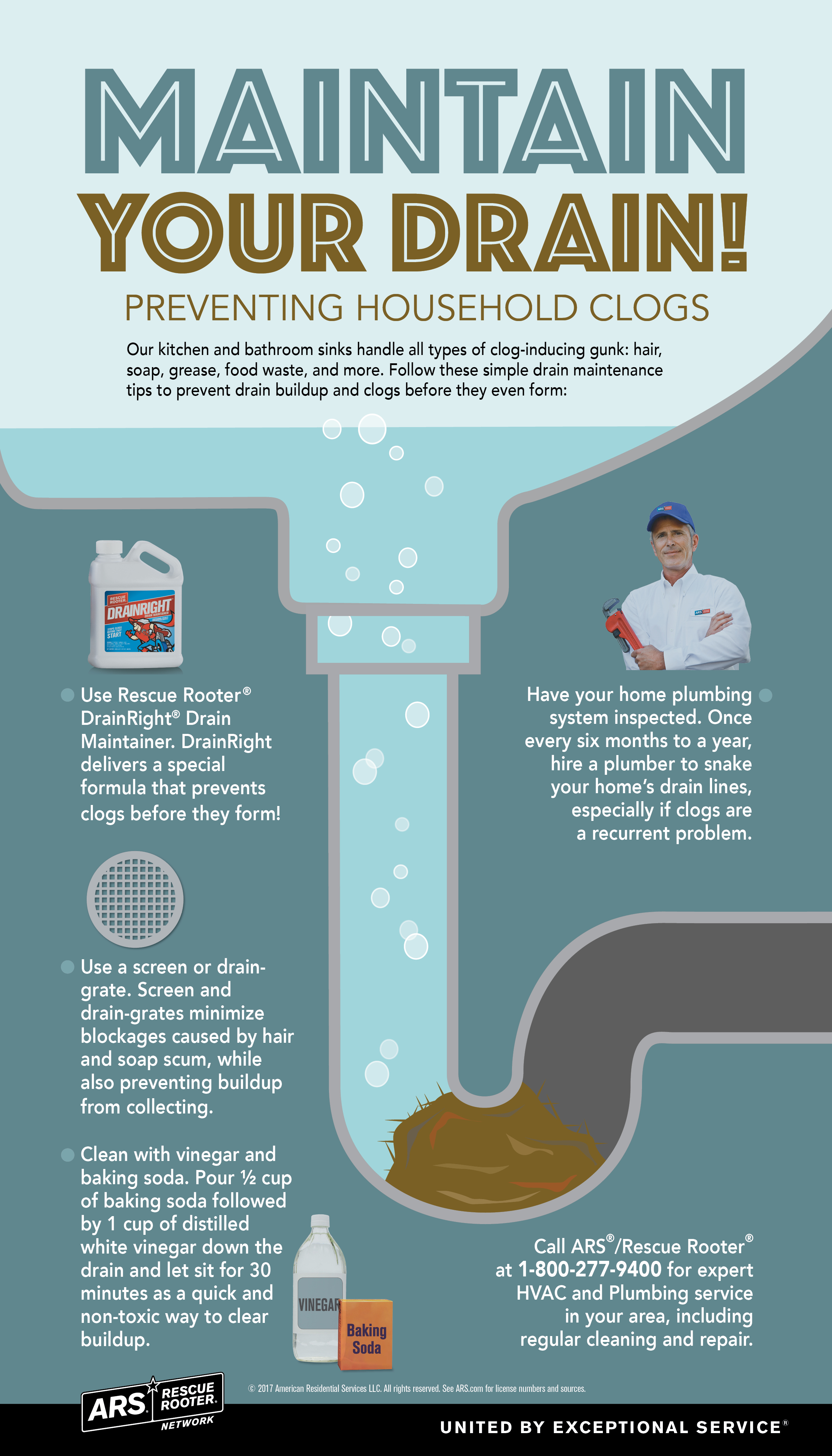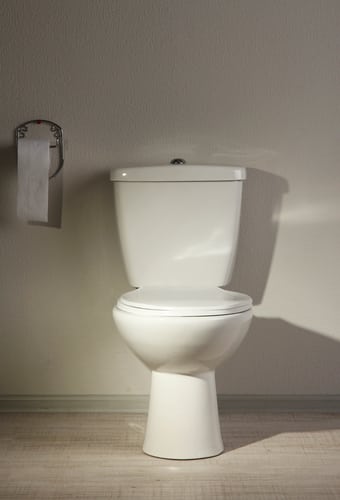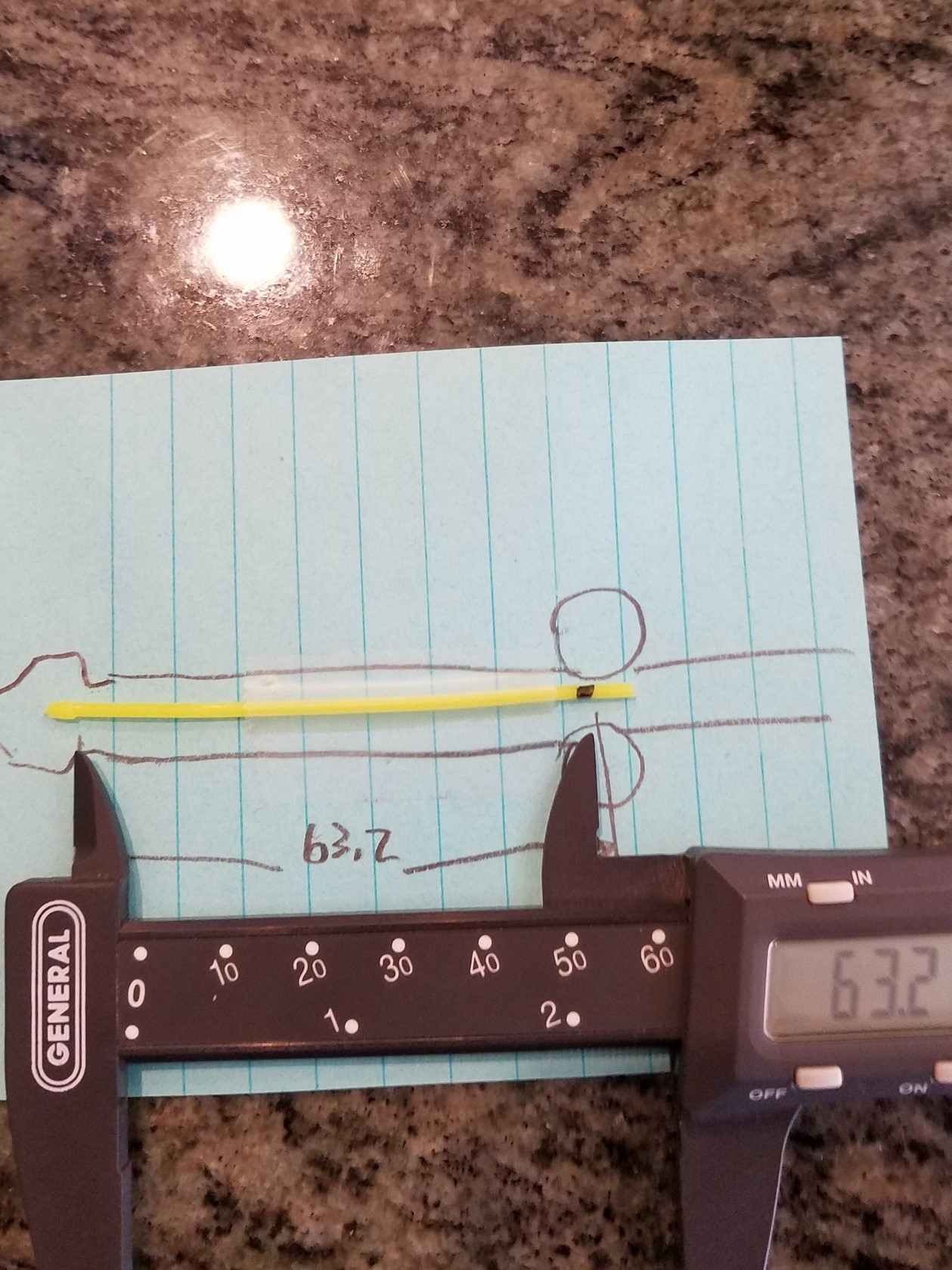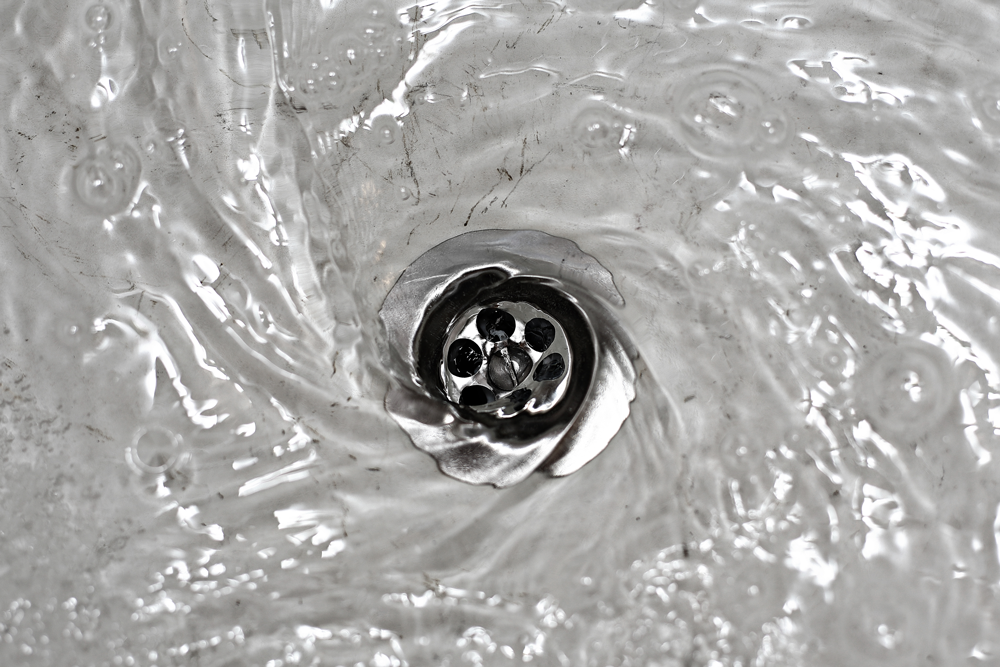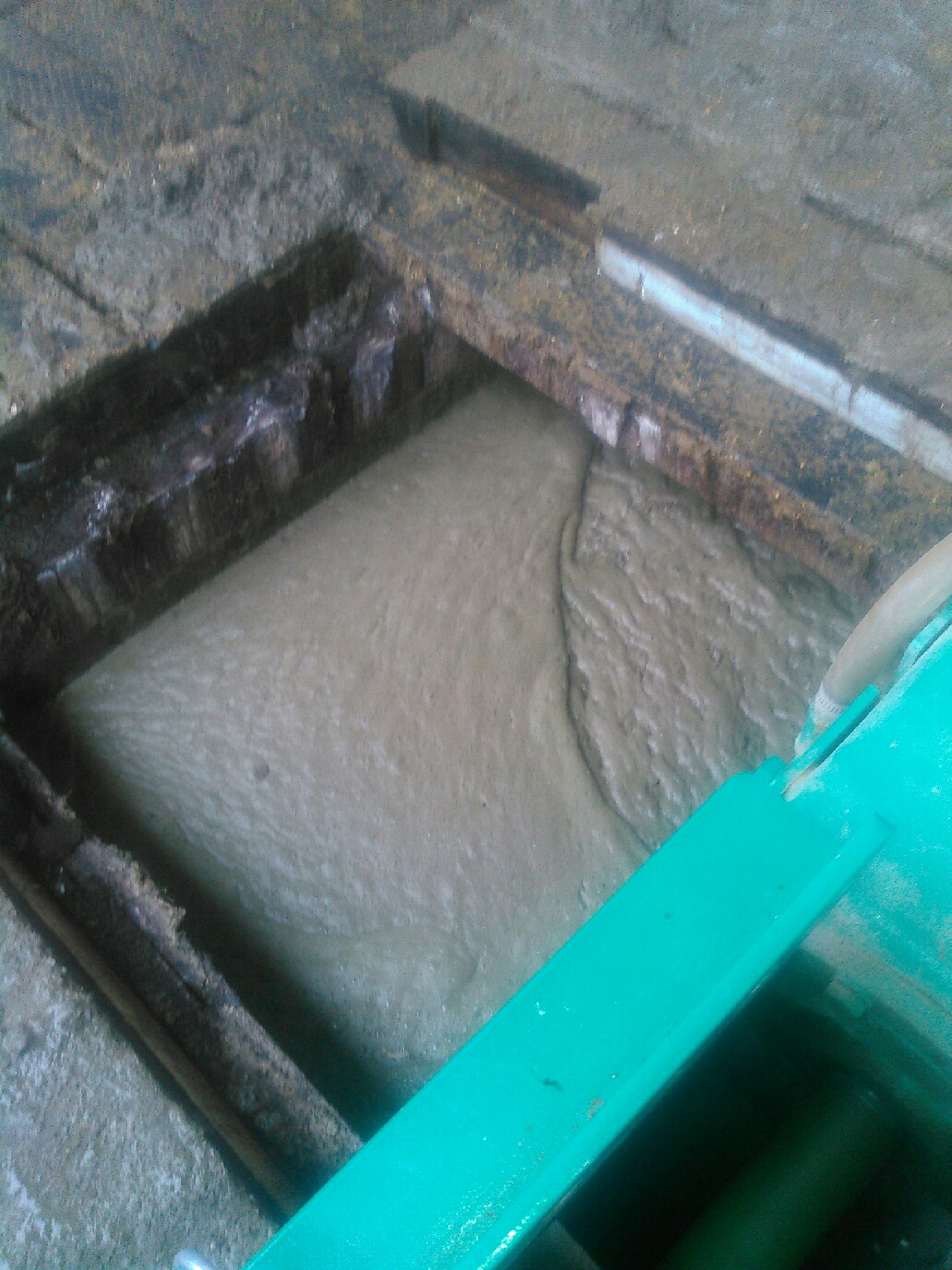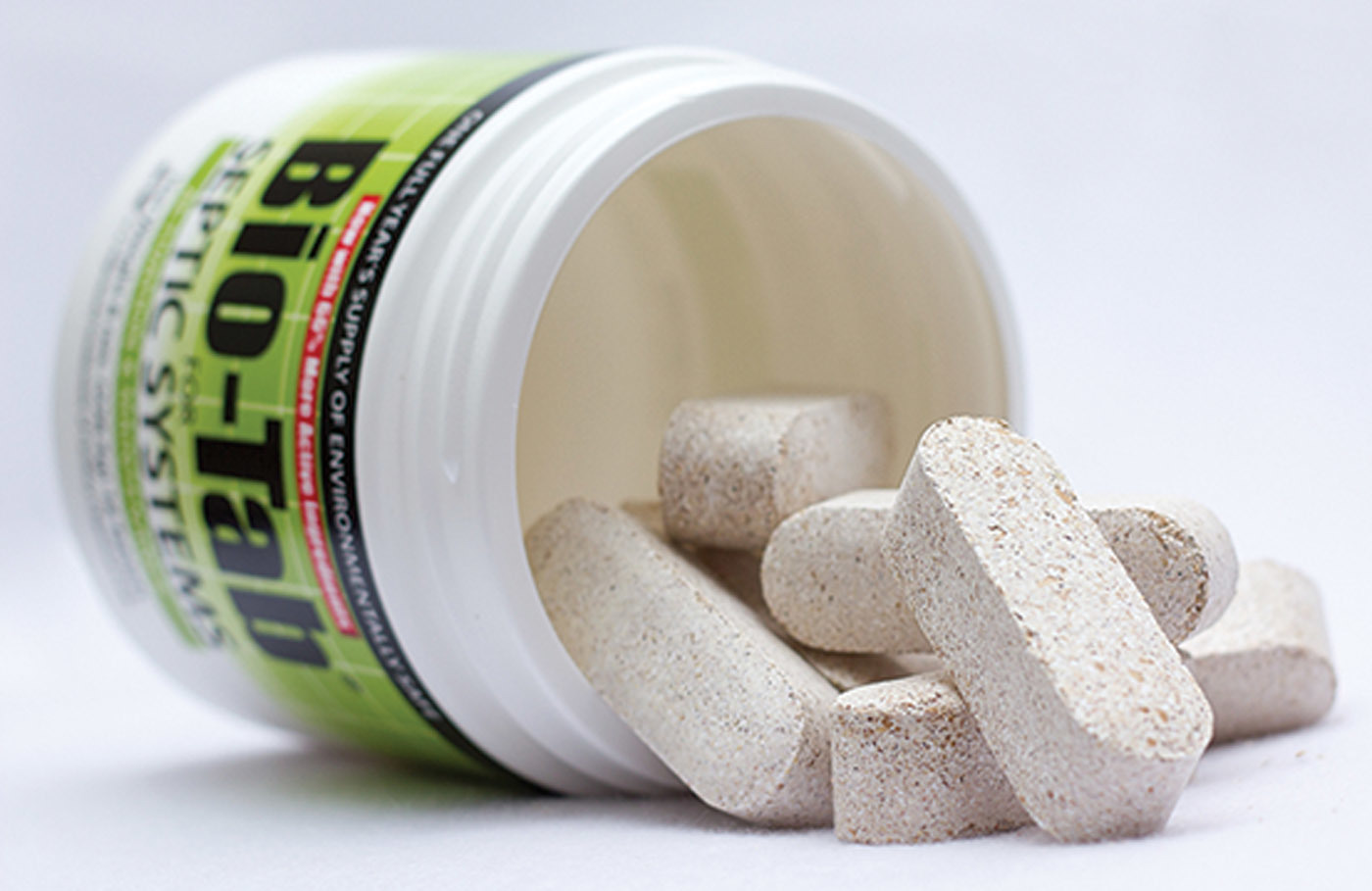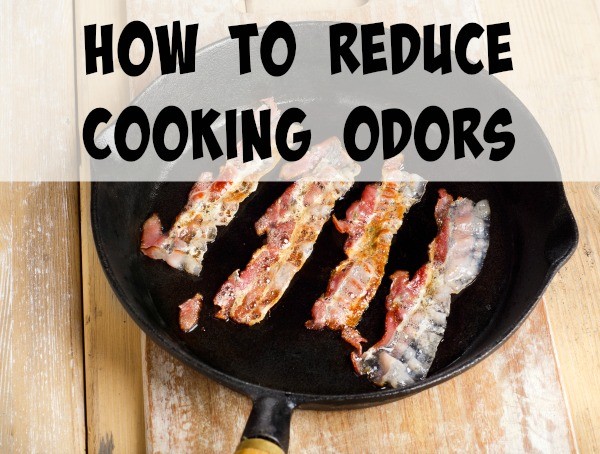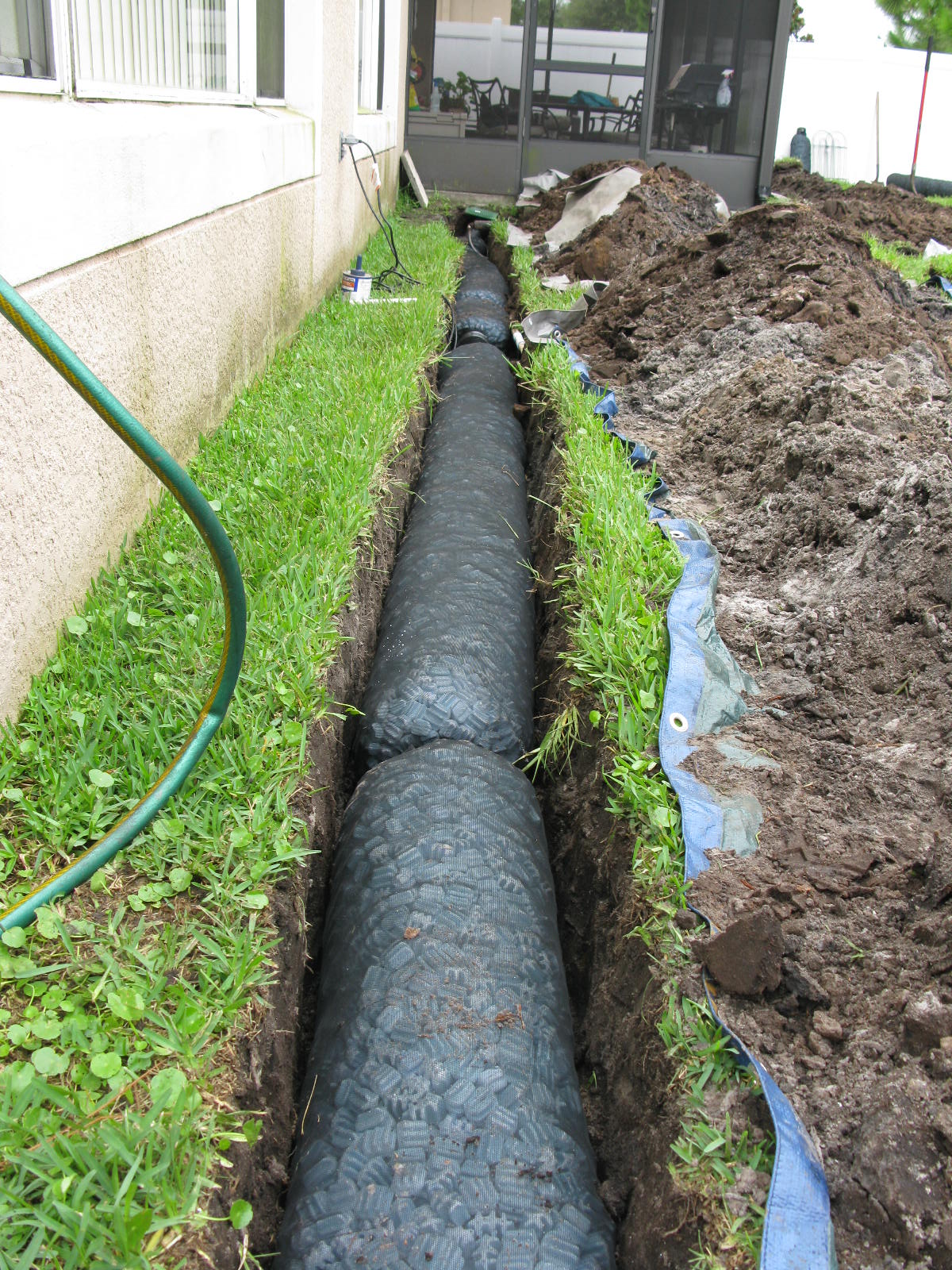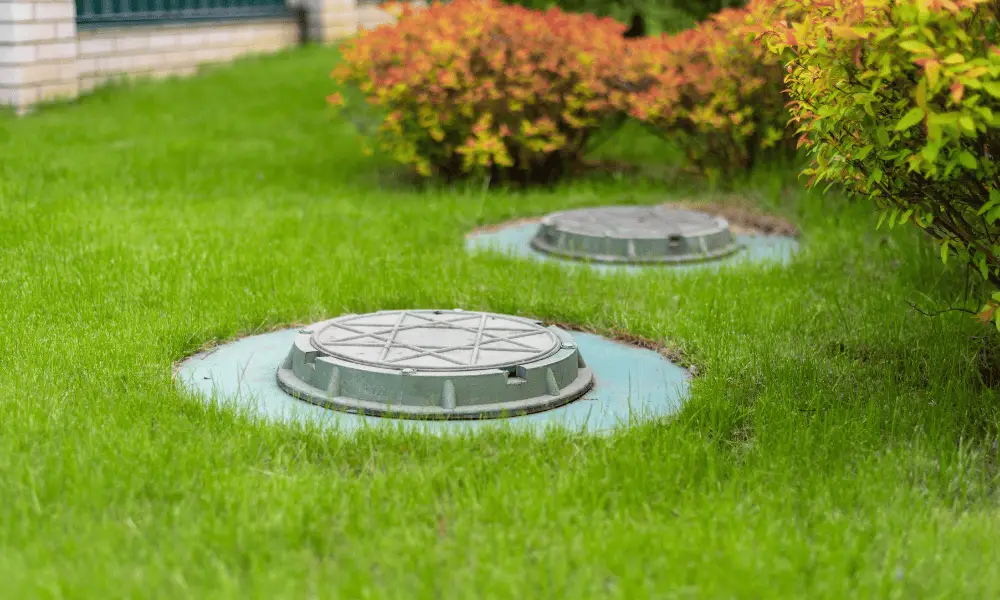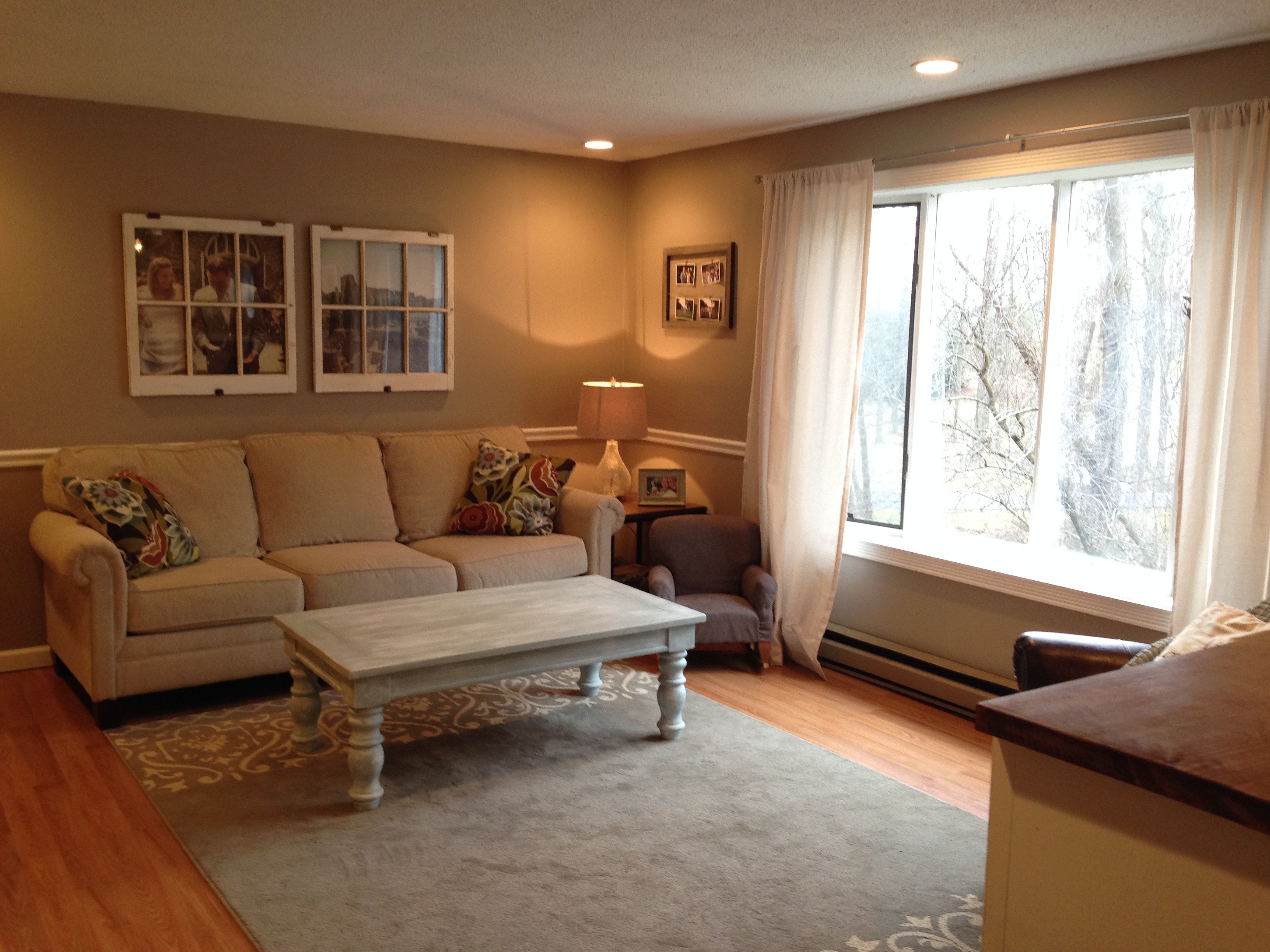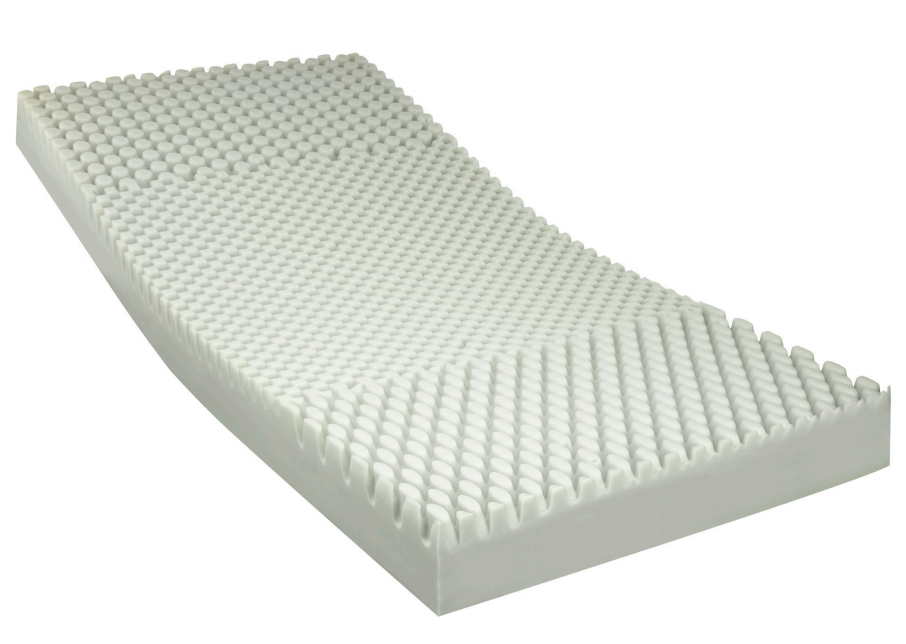The main purpose of a kitchen sink air gap is to prevent contamination of the water supply. The air gap acts as a barrier between the sink and the plumbing system, ensuring that any dirty or contaminated water from the sink cannot flow back into the drinking water supply.Preventing Contamination
Backflow occurs when water from a contaminated source flows in the opposite direction and contaminates the clean water supply. A kitchen sink air gap prevents this from happening by providing an extra layer of protection against backflow.Reducing Risk of Backflow
Many local and national plumbing codes require the installation of a kitchen sink air gap. This is because air gaps are considered a vital component in preventing contamination and backflow, ensuring the safety of the water supply.Meeting Plumbing Codes
Another important purpose of a kitchen sink air gap is to prevent water damage. In the event of a clogged or overflowing sink, the air gap allows excess water to flow out through the air gap rather than flooding the kitchen and causing damage.Preventing Water Damage
Kitchen sink air gaps also help to improve the quality of the water. By preventing contaminated water from flowing back into the clean water supply, it ensures that the water coming out of the faucet is safe to use for cooking and drinking.Improving Water Quality
Air gaps can also help to reduce maintenance costs in the long run. By preventing clogs and backflow, they reduce the risk of expensive plumbing repairs or replacements, saving homeowners time and money.Reducing Maintenance Costs
One of the most common causes of clogged sinks is debris and food particles getting stuck in the drain. A kitchen sink air gap helps to prevent this by providing a larger opening for water and debris to flow through, reducing the likelihood of clogs.Preventing Clogs
Standing water in the drain can often lead to unpleasant odors in the kitchen. A kitchen sink air gap helps to prevent this by allowing water to flow out and preventing it from sitting in the drain, reducing the likelihood of foul smells.Reducing Odors
Kitchen sink air gaps come in a variety of designs and finishes, making them a great way to add a touch of style to your kitchen. They can also be easily matched with other kitchen fixtures, creating a cohesive and attractive look.Improving Aesthetics
Finally, a kitchen sink air gap ensures proper drainage from the sink. By providing an additional opening for water to flow through, it prevents the sink from overflowing and causing water damage, ensuring efficient drainage. In conclusion, a kitchen sink air gap serves several important purposes, from preventing contamination and backflow to improving water quality and reducing maintenance costs. Its installation is often required by plumbing codes and is a small but crucial component in maintaining a safe and functional kitchen. Consider adding a kitchen sink air gap to your kitchen for added peace of mind and improved water quality.Ensuring Proper Drainage
Why Every Kitchen Needs an Air Gap in the Sink

What is a Kitchen Sink Air Gap?
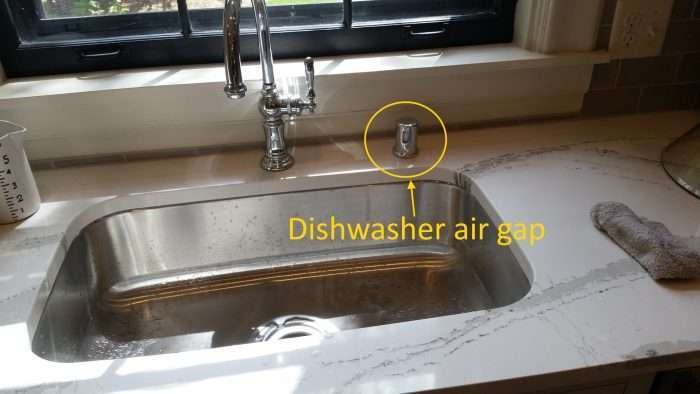 Kitchen sink air gaps
are small, often overlooked, but important fixtures in any kitchen. They are typically located on the back of the kitchen sink near the faucet and are designed to prevent contaminated water from flowing back into the clean water supply. This is especially important for homes that have a
septic system
or are connected to a municipal water system.
Kitchen sink air gaps
are small, often overlooked, but important fixtures in any kitchen. They are typically located on the back of the kitchen sink near the faucet and are designed to prevent contaminated water from flowing back into the clean water supply. This is especially important for homes that have a
septic system
or are connected to a municipal water system.
How Does It Work?
 The
kitchen sink air gap
works by creating a physical barrier between the dirty water that goes down the drain and the clean water that comes out of the faucet. When water is drained from the sink, it first goes through the
drain line
and into the
garbage disposal
or
p-trap
. From there, it is redirected to the air gap, where it is then sent through a small gap of air before finally exiting into the sewer or septic system. This prevents any potential backflow of contaminated water into the clean water supply.
The
kitchen sink air gap
works by creating a physical barrier between the dirty water that goes down the drain and the clean water that comes out of the faucet. When water is drained from the sink, it first goes through the
drain line
and into the
garbage disposal
or
p-trap
. From there, it is redirected to the air gap, where it is then sent through a small gap of air before finally exiting into the sewer or septic system. This prevents any potential backflow of contaminated water into the clean water supply.
Why is it Important?
 Having a
kitchen sink air gap
is important for a few reasons. First and foremost, it helps to protect your health and the health of your family by preventing any potential contamination of clean water with bacteria or other harmful substances. Additionally, many municipalities have building codes that require the installation of an air gap in the kitchen sink. This is to ensure that the water supply is protected and to prevent any potential waterborne illnesses.
Having a
kitchen sink air gap
is important for a few reasons. First and foremost, it helps to protect your health and the health of your family by preventing any potential contamination of clean water with bacteria or other harmful substances. Additionally, many municipalities have building codes that require the installation of an air gap in the kitchen sink. This is to ensure that the water supply is protected and to prevent any potential waterborne illnesses.
Other Benefits of Kitchen Sink Air Gaps
 Aside from protecting your health and complying with building codes, there are other benefits to having a
kitchen sink air gap
. They can help to prevent clogs in your drain line by catching larger debris that may have accidentally gone down the sink. They also help to reduce noise from the garbage disposal, making for a more peaceful and enjoyable cooking experience.
Aside from protecting your health and complying with building codes, there are other benefits to having a
kitchen sink air gap
. They can help to prevent clogs in your drain line by catching larger debris that may have accidentally gone down the sink. They also help to reduce noise from the garbage disposal, making for a more peaceful and enjoyable cooking experience.
In Conclusion
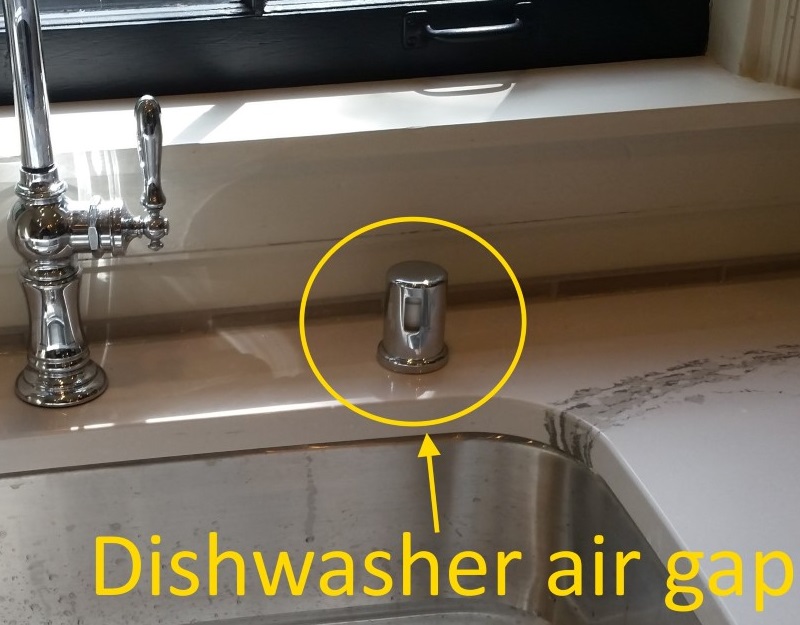 In summary, a
kitchen sink air gap
is a small but essential fixture in any kitchen. It serves to protect your health, comply with building codes, and provide additional benefits such as preventing clogs and reducing noise. If your kitchen does not currently have an air gap, it is highly recommended to have one installed for the safety and well-being of your household.
In summary, a
kitchen sink air gap
is a small but essential fixture in any kitchen. It serves to protect your health, comply with building codes, and provide additional benefits such as preventing clogs and reducing noise. If your kitchen does not currently have an air gap, it is highly recommended to have one installed for the safety and well-being of your household.







